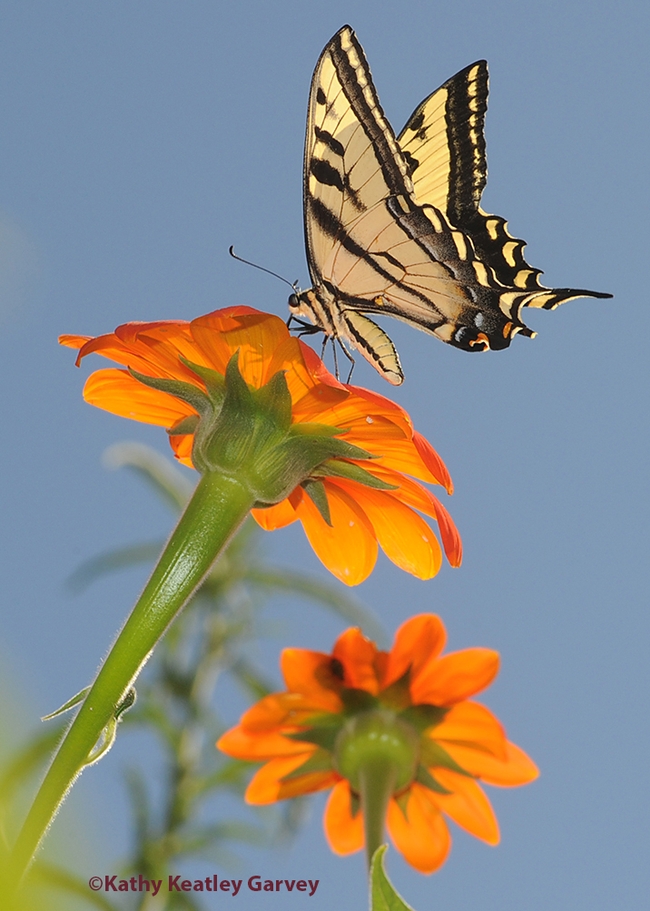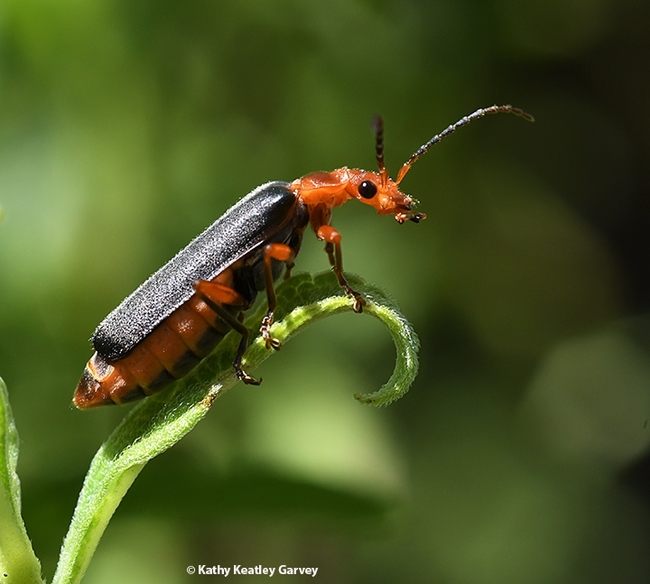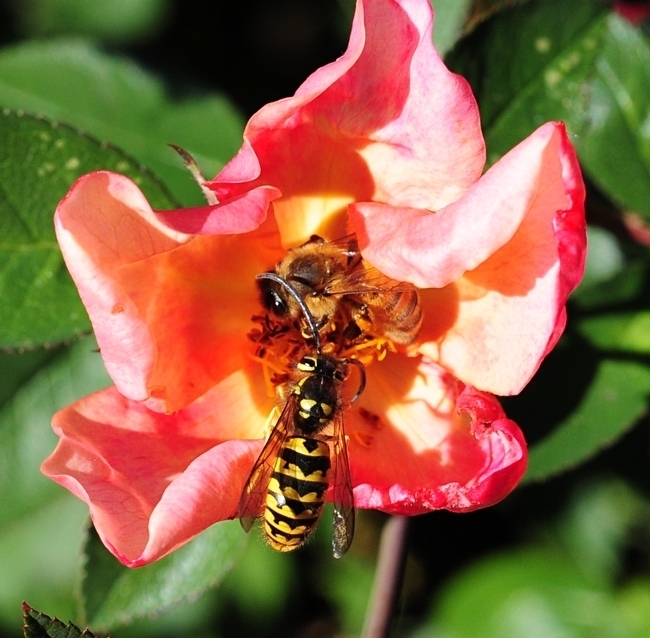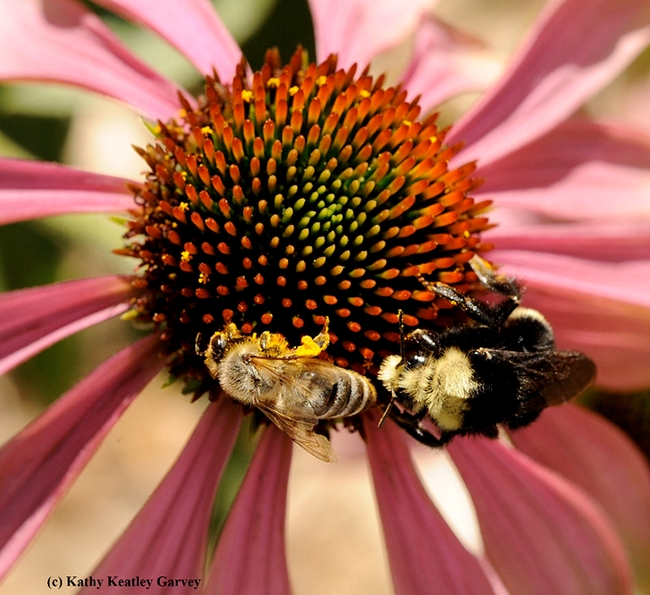Bees, butterflies, beetles, birds and bats.
What do they have in common? Skipping the alliteration for a moment, they're all pollinators.
Honey bees grab the most attention, of course, and they do the bulk of the work. But so do bumble bees and other native bees.
But other pollinators include moths, hummingbirds, wasps and flies (especially the syrphid flies, aka hover flies or flower flies often mistaken for honey bees by the untrained eye.)
The National Park Service describes pollination as "anything that helps carry pollen from the male part of the flower (stamen) to the female part of the same or another flower (stigma). The movement of pollen must occur for the plant to become fertilized and produce fruits, seeds, and young plants. Some plants are self-pollinating, while others may be fertilized by pollen carried by wind or water. Still, other flowers are pollinated by insects and animals - such as bees, wasps, moths, butterflies, birds, flies and small mammals, including bats."
"At least 75 percent of all the flowering plants on earth are pollinated by insects and animals," they point out on their website. "This amounts to more than 1,200 food crops and 180,000 different types of plants—plants which help stabilize our soils, clean our air, supply oxygen, and support wildlife."
One pollinator that absolutely takes our breath away is the Western tiger swallowtail, Papilio rutulus, especially when it touches down on the colorful Mexican sunflower, Tithonia rotundifola, and begins to nectar.
If you're lucky, you'll see different species sharing the same blossom.
Attached Images:

A Western tiger swallowtail, Papilio rutulus, touches down on a Mexican sunflower, Tithonia rotundifola. (Photo by Kathy Keatley Garvey)

The soldier beetle (family Cantharida) is also a pollinator. This insect resembles the uniforms of the British soldiers of the American Revolution. (Photo by Kathy Keatley Garvey)

A honey bee, Apis mellifera, and a Western yellowjacket, Vespula penslvanica, sharing a rose. Both are pollinators. (Photo by Kathy Keatley Garvey)

A honey bee, Apis mellifera, and a bumble bee, Bombus vosnesenskii, sharing a purple cone flower, Echinacea purpurea. (Photo by Kathy Keatley Garvey)